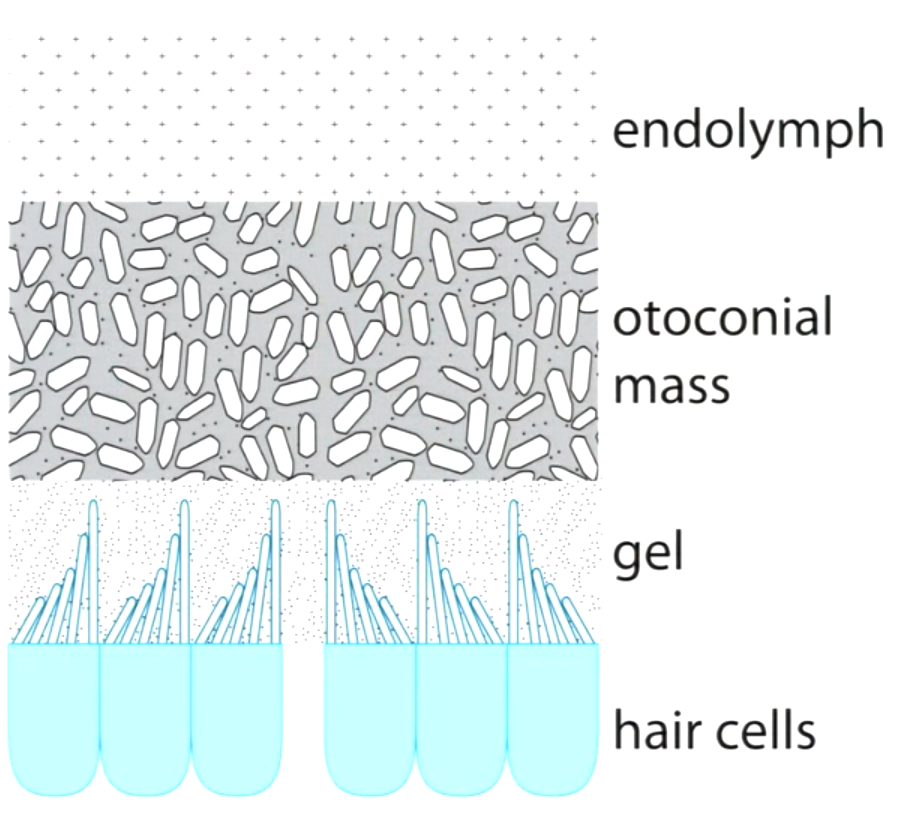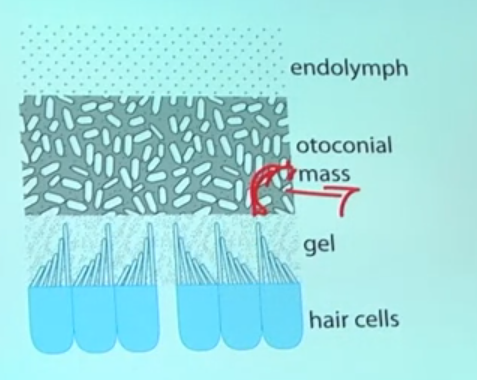Lecture Notes: Otoconial Disorders
 I. Otoconial Mass Composition and Degeneration
I. Otoconial Mass Composition and Degeneration
- Otoconial masses are made of otoconins, proteins produced before birth.
- The supporting structure includes a gooey substance that deteriorates with age.
II. Benign Paroxysmal Positional Vertigo (BPPV)
- A chunk of the otoconial mass can break off and lodge in the lower part of the vestibular system.
- This triggers vertigo (sensation of spinning) when the head moves in a certain position.
- BPPV is a common condition but can be treated with maneuvers to dislodge the otoconia.


III. Presbyequilibrium
- The gooey substance weakens with age, causing the otoconial mass to lose density.
- A less dense otoconial mass is a poor gravity sensor.
- This age-related decline in equilibrium function is similar to presbycusis (hearing loss) and presbyopia (loss of near vision).
- Presbyequilibrium can lead to balance problems in older adults.
IV. Next Steps
- The lecture will discuss slow head movements. Visual Integration